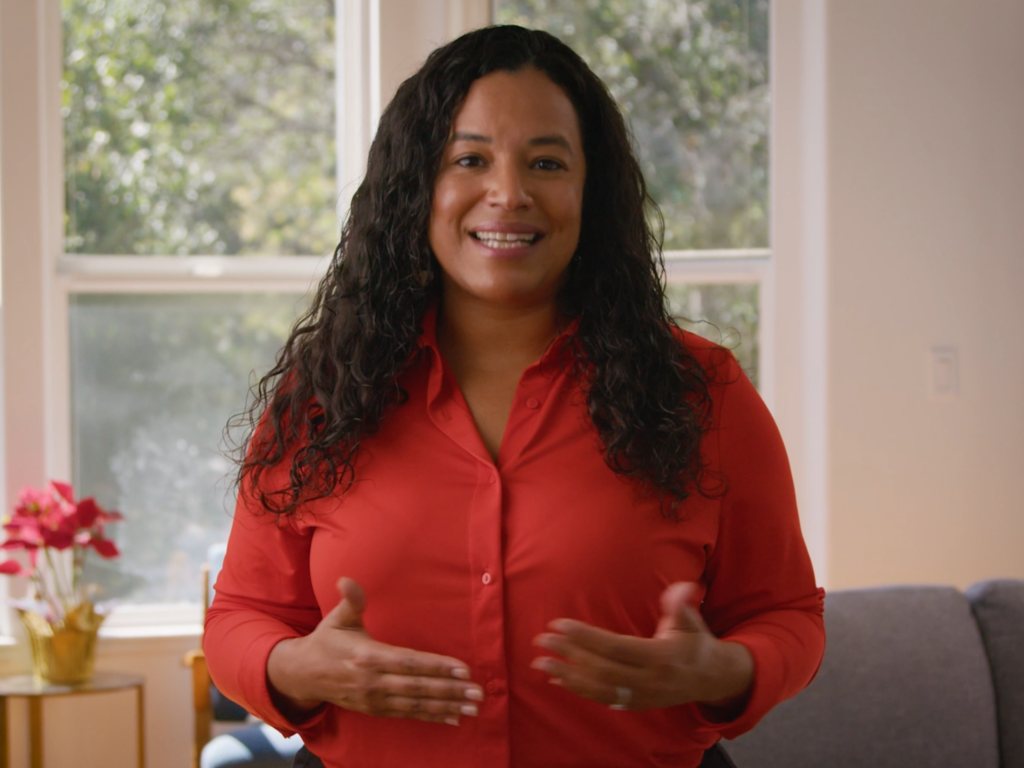The meteoric rise in the interest in so-called “micro schools” over the past year has been impressive. If you’re unfamiliar with the concept, a micro school is simply a school, public or private, with a small student population (typically fewer than 100 students). Often these models are associated with emerging ideas such as personalized and blended learning, competency-based progression and flexible designs, though none of those are necessarily required. For additional context, Education Next and EdWeek have recently published articles describing the concept in greater detail.
![3428%20Little%20Red%20Schoolhouse[1]](https://www.newschools.org/wp-content/uploads/3428-Little-Red-Schoolhouse1-235x165.jpg) As a supporter of innovative schools (see NewSchools Catapult), we are often asked what our perspective is on these and other types of schools. For our part, we are always excited by new ideas that aspire to better student experiences, but it is too soon to draw definitive conclusions about micro schools. There is still much to learn about both the concept as a whole and the specific models. Existing players like AltSchool, Acton Academy and Khan Lab School are all fairly nascent and are still refining their models, and new models seem to be appearing weekly. As a corollary, it may be tempting to look to the Small Schools initiative, funded by the Gates Foundation and others until 2006, for evidence to justify this new phenomenon. After all, NYC created small, autonomous high schools of choice that produced positive outcomes. However, this research should not be used to justify micro schools because they are simply not the same. With enrollments of 250-500 students, small schools have approximately 10x the number of students than a typical micro school. Apples and oranges.
As a supporter of innovative schools (see NewSchools Catapult), we are often asked what our perspective is on these and other types of schools. For our part, we are always excited by new ideas that aspire to better student experiences, but it is too soon to draw definitive conclusions about micro schools. There is still much to learn about both the concept as a whole and the specific models. Existing players like AltSchool, Acton Academy and Khan Lab School are all fairly nascent and are still refining their models, and new models seem to be appearing weekly. As a corollary, it may be tempting to look to the Small Schools initiative, funded by the Gates Foundation and others until 2006, for evidence to justify this new phenomenon. After all, NYC created small, autonomous high schools of choice that produced positive outcomes. However, this research should not be used to justify micro schools because they are simply not the same. With enrollments of 250-500 students, small schools have approximately 10x the number of students than a typical micro school. Apples and oranges.
Given the growing interest from across this sector in micro schools, we feel inclined to share some early perspective. Below is a list of opportunities and potential challenges that we believe micro schools will face:
Opportunities
- Multi-age classroom forces rethink of age based cohorts: Because most micro schools will have mixed-aged classroom managed by only a few teachers, it will be difficult or impossible to organize sufficient numbers of students into traditional grade levels. Instead, most will likely require settle on a more personalized instructional model that relies on dynamic grouping. It will also allow students of different ages to work together and support each other (e.g. through peer tutoring), as in the Montessori model.
- Rapid iteration: the ability to identify challenges and rapidly prototype new ideas is much easier in a 30-student school than a 3,000-student school. Case and point: just ask a principal of a large, comprehensive high school what happens if you change the bell schedule by 10 minutes. For a micro school, that could be done immediately. Matt Candler at 4.0 Schools advocates for this advantage in his Tiny Schools Project.
- Lower operation complexity: relative to running a larger, multi-million dollar operation, a micro school should in theory reduce the complexity of operation.
- Teacher empowerment: By design, micro schools may only employ one or two full-time teachers. Presumably, this arrangement would tend to empower teachers in ways that many larger schools might not. We suspect it will attract certain educators looking for more autonomy.
- Personal connections: A mountain of research suggests that personal connections matter a lot for students. The smaller student population in micro schools should facilitate connections among students and between students and adults.
- Mitigates facilities challenge: A huge barrier for all school startups, particularly those that cannot access public facilities or bond funding, is finding adequate facilities. Just ask the charter sector about how tough it can be to find space. Because micro schools often only require a single open room, it will be much easier for them to find adequate space within the community they want to serve.
- Great models can grow: There is no rule that says that highly effective micro schools cannot grow, either through replication (more micro schools) or by growing enrollment within existing schools. After all, KIPP started in 1994 as what today might be described as a micro school run by two 20-somethings in Houston, and now it serves 70,000 students in 183 schools.
Potential Challenges
- Good instruction is still good instruction: School size alone does not alone does not magically create excellent instruction. The success of these models will still be function of the quality of teachers they can recruit and the instructional model that they operate in.
- Significant burden on teachers: Assuming they operate with a thin or non-existent administrative layer (no principal), micro schools may place a lot of non-instructional tasks on teachers. These schools will need to find a way to balance teacher workload to avoid putting too much on their plate.
- Fewer resources available to students: Smaller schools typically struggle to offer a diverse range of academic and extracurricular opportunities for all students, as well as the delivery of specialized services for students with special needs and English Language Learners. Micro schools may consider external partnerships to address this concern.
- Lower barriers may attract bad actors: We do not want anyone who wants to open a school to be given that opportunity, particularly if they are supported by public funds. As we have seen in the charter sector, having low barriers to entry (e.g. weak authorizing practices) can lead to bad actors entering the market.
- Teacher turnover has major repercussions: Given how few teachers there are in a micro school, any turnover (particularly midyear departures) will have a massive impact on the school and its families.
- Gauging performance with a small sample size will be challenging: School performance and accountability systems rely on larger sample sizes to gauge the effectiveness of a school in aggregate and with specific student subgroups. Statistically speaking, small enrollments will prevent many of these methods from being applied to individual micro schools and thus will make it difficult to figure out whether they’re working (at least in a traditional sense).
Our goal in sharing this list is to offer a balanced perspective on micro schools. Ultimately, we are supportive of any type of school model that can effectively support the full range of student needs. After all, we need a lot more people innovating toward models of school that work better for students. We would just encourage the entrepreneurs who create micro schools, and those who support them, to wrestle with the potential challenges above. With some creativity and iteration, we have no doubt that entrepreneurs can find ways to mitigate these challenges. If they do, we believe that micro schools have a role to play in the broader ecosystem of education innovation and are excited to see their emergence.
If you have aspirations to open a new public (district or charter) micro school, we are interested in learning more about your plans. Please stay tuned for our next round of NewSchools Catapult funding later this fall.


